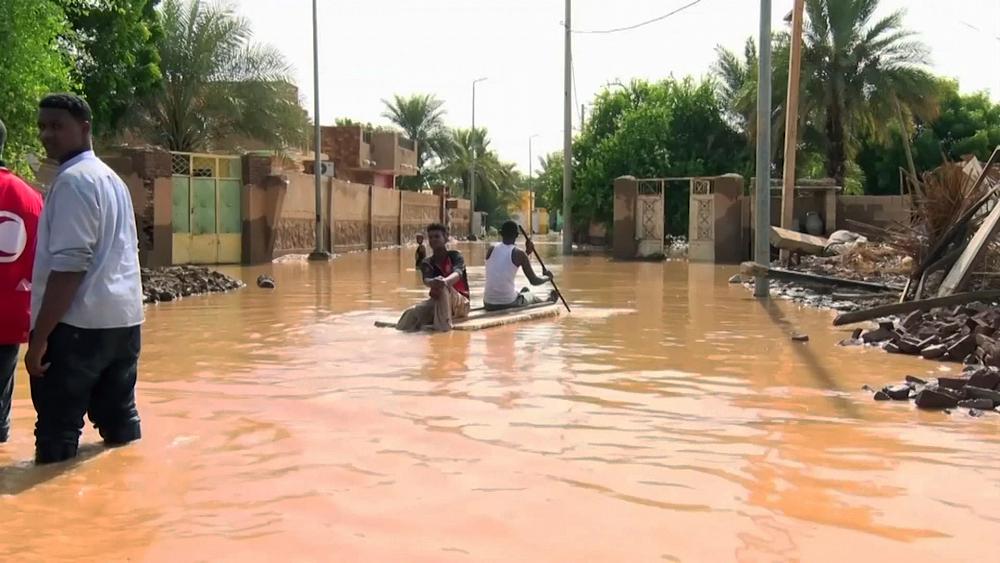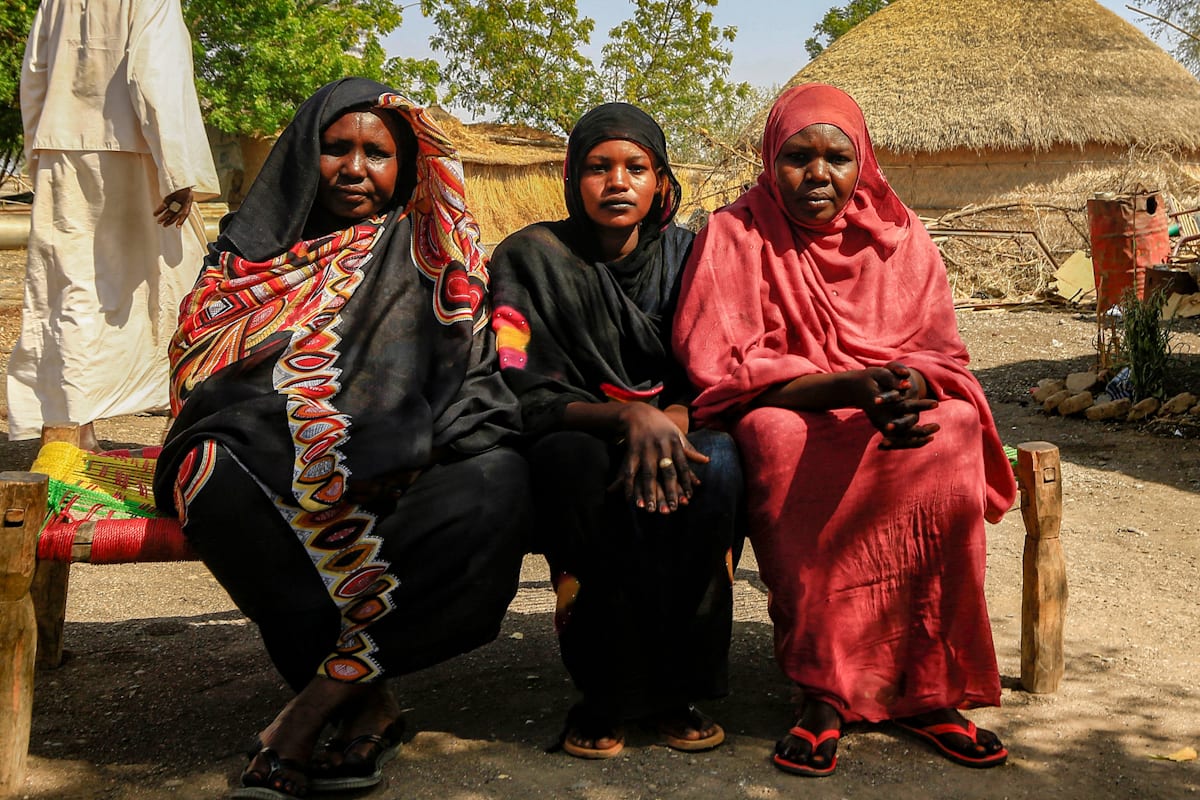
Two humanitarian aid flights left Dubai in September to help the people of Sudan and Ethiopia, and Euronews were exclusively invited onboard to see the work being carried out.
The first flight reached Addis Ababa carrying 85 metric tons of medicines, medical items, and cholera kits supplied by the World Health Organisation (WHO) to tackle the cholera outbreak and ongoing COVID-19 challenges there.
The second aid flight arrived in Khartoum carrying around 100 metric tons of relief and shelter items, including blankets, kitchen sets, and tarpaulins. The International Federation of Red Cross and Red Crescent Societies (IFRC) supplied this aid to bring relief to Tigray refugees in Sudan and the populations affected by floods in the country.
The health supplies on the flight to Addis Ababa alone are enough to care for 140,000 patients in need of trauma care, and 15,000 cholera patients. The aid on the second flight to Sudan will help 21,500 people in hardship due to devasting flooding.
Dubai’s ruler, Sheikh Mohammed bin Rashid Al Maktoum, donated the two flights which were carried out on a B747 aircraft that is part of the Dubai Royal Air Wing fleet.
The International Federation of Red Cross and Red Crescent Societies (IFRC) and the World Health Organisation (WHO) strategically stored the donated aid in the International Humanitarian City (IHC) in Dubai.
The International Humanitarian City (IHC)
The Dubai International Humanitarian City (IHC) is the largest humanitarian hub in the world. It has around 80 members comprised of UN organisations, non-profits and non-governmental organisations. Some notable members are the World Health Organization, the United Nations Refugee Agency, the International Committee of the Red Cross, the World Food Program and UNICEF.
Ilir Caushaj of the Red Cross and Red Crescent Societies told Euronews how important the IHC is. He said, “There is a great initiative lead by the IHC to coordinate humanitarian hubs on a global level using databanks to find out in real-time what aid is available and in which location when a disaster happens”.
Geographic Location
Located in Dubai, the strategic geographic position of the International Humanitarian City is on the path between the Middle East, Asia and Africa. It enables the humanitarian community to reach within 4-8 hours, two-thirds of the world population living in hazard-prone areas.
Giuseppe Saba, Chief Executive Officer of IHC, highlighted another added advantage of the International Humanitarian City’s location when acquiring aid. He said, “Do not forget that many of the humanitarian aids are manufactured in China, Malaysia, India and Pakistan.”
Air Freight vs Shipping
The aid supplied on both of these recent flights reached their destination within four hours. Farid Abdulkadir, Head of Delegation for Sudan & Eritrea for the International Federation of Red Cross, said that aid supply time is crucial, “It is essential to receive items as soon as possible. The more people are exposed without shelter, the more complicated it becomes. Because they are exposed to diseases, both communicable and waterborne diseases.”
Delivering the same amount of aid cargo via shipping would take up to 4 weeks. In which time, the situation in the disaster-struck area could dramatically worsen.
Ilir Caushaj of the Red Cross and Red Crescent Societies added, “To ship this amount of cargo via sea would cost around €25,000 to €35,000. Whereas delivering the same cargo via air freight would cost around €220,000 to €235,000”.
Related posts:
Views: 0
 RSS Feed
RSS Feed

















 September 22nd, 2021
September 22nd, 2021  Awake Goy
Awake Goy 




 Posted in
Posted in  Tags:
Tags: 
















